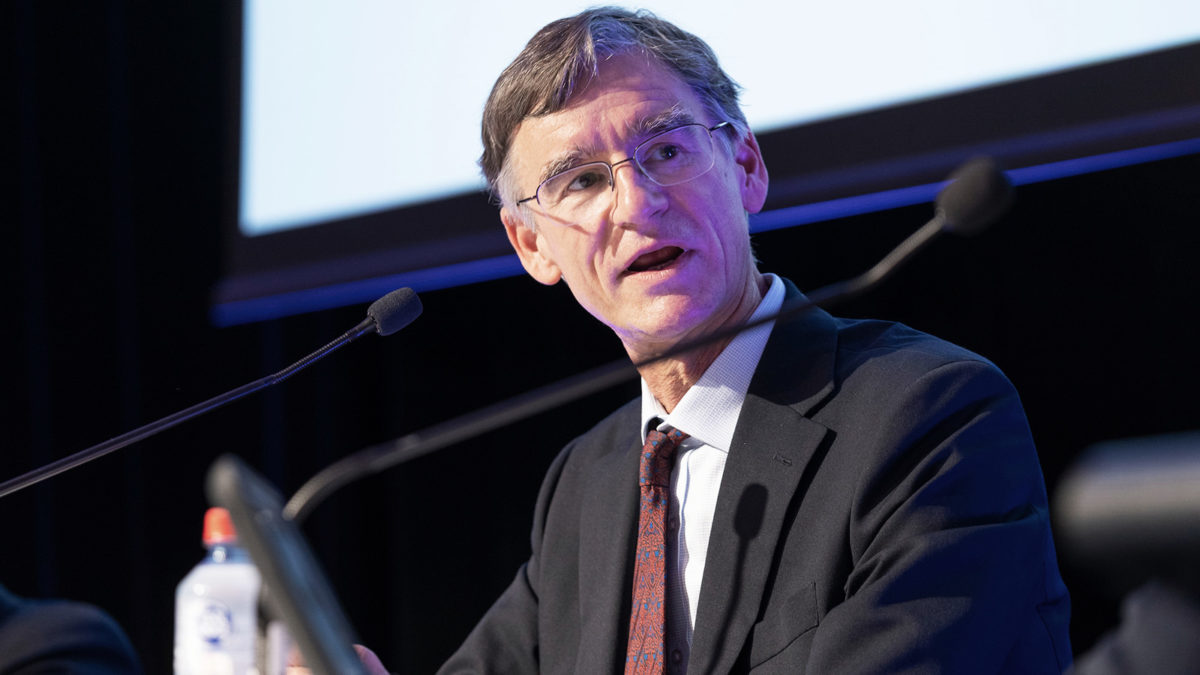Endowments’ long game suffers short-term setback
The endowment model of investing – known for its relatively high allocations to illiquid investments – has been much watched (and emulated) since its advent in the mid-1980s, so the National Association of College and University Business Officers (NACUBO)-Commonfund Study of Endowments is always eagerly awaited.
The 2024 edition – the 50th annual survey — included performance details for 688 institutions representing a total of US$839.1 billion ($1.3 trillion) in assets, with a median institution size of US$209.1 million ($316.8 million).
While large endowments historically have tended to outperform smaller ones, the NACUBO report shows that the reverse occurred in 2023. Average one-year returns for endowments under US$50 million came in at 9.8 per cent, while average one-year returns for endowments over $5 billion trailed that figure significantly at 2.8 per cent.
That finding would have raised eyebrows across the globe, and undoubtedly did so in Australia, where endowments’ long-term investment outlook and ability to capture the illiquidity premium associated with real assets and private equity appeals to a broad range of investors. Sharing their long-term investment outlook and the patience required to make it work, Australian family offices – which now number about 2000, according to KPMG – are uniquely placed to replicate the endowment model. According to a 2021 survey by UBS, Australian family offices allocated an average of 25 per cent of their portfolios to alternative investments, with private equity and venture capital – the lead in the big endowments’ saddlebags in 2023 – being the most popular.
But as Partners Capital points out in its analysis of the report, the discrepancy between big and small funds was largely explained by a significant rally in liquid risk assets and private market assets lagging on a risk-equivalent basis. In general, it’s the larger endowments that tend to hold more unlisted assets, while smaller endowments hold more equities in their portfolios.
The swallow that flew in for the smaller endowments in 2023 does not make a summer and over the longer term, the larger endowments have generated superior returns as a result of their greater exposure to illiquid assets. Larger US endowments (US$1 billion-plus) have an average of 29 per cent allocated to private equity and venture capital, compared to only nine per cent for institutions with less than US$250 million. At the same time, smaller endowments have 65 per cent in public long-only equities, compared to 42 per cent for large endowments.
Over the past three, five and ten years, venture capital (as proxied by the State Street Venture Capital Index) has returned 13.7 per cent a year, 17.6 per cent a year and 15.3 per cent a year, respectively.
Over the same periods, private equity (represented by the State Street All Private Equity Index) has returned 14.4 per cent a year, 14.4 per cent a year, and 13.3 per cent a year, respectively.
“These returns stand out as some of the best individual asset-class returns over the last ten years, which helps to solidify endowments’ decision to stay the course in private markets,” says Partners Capital.










